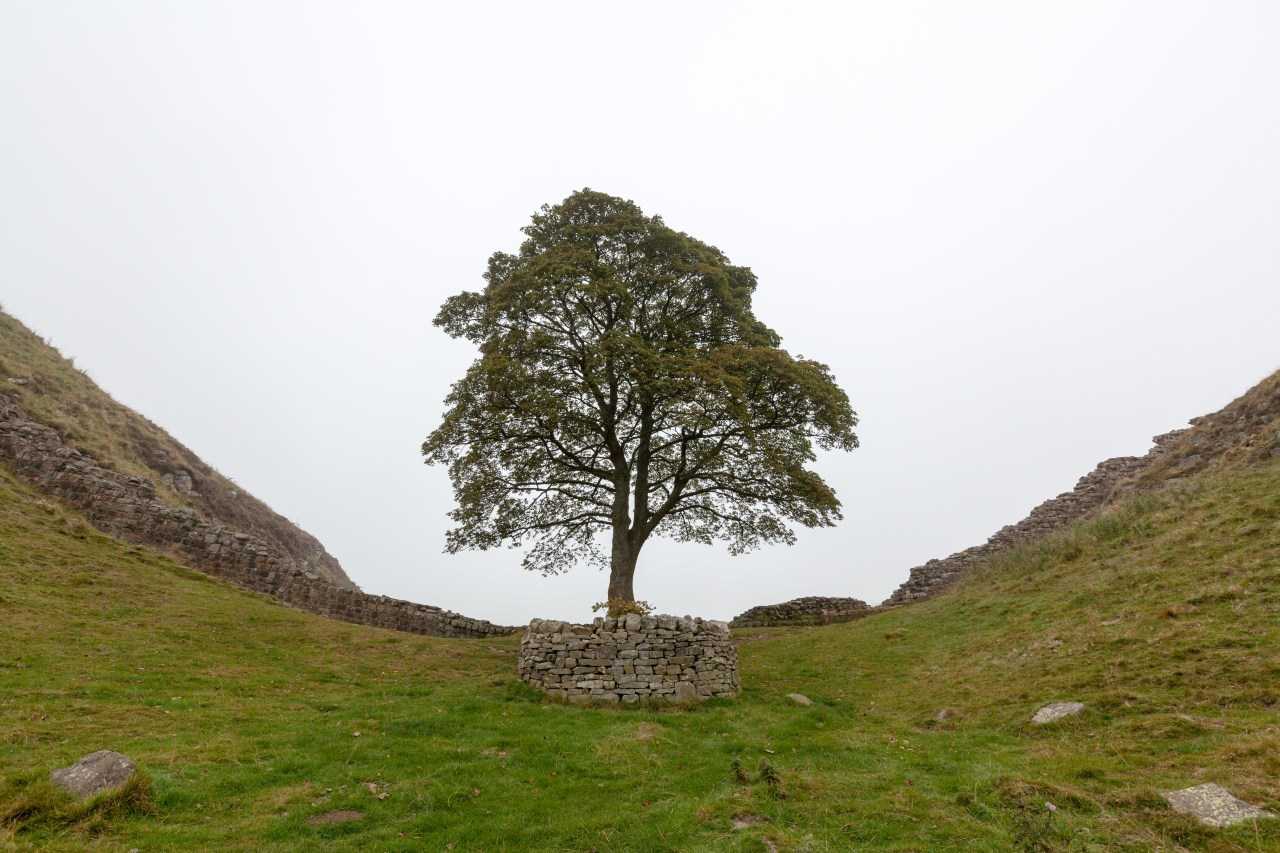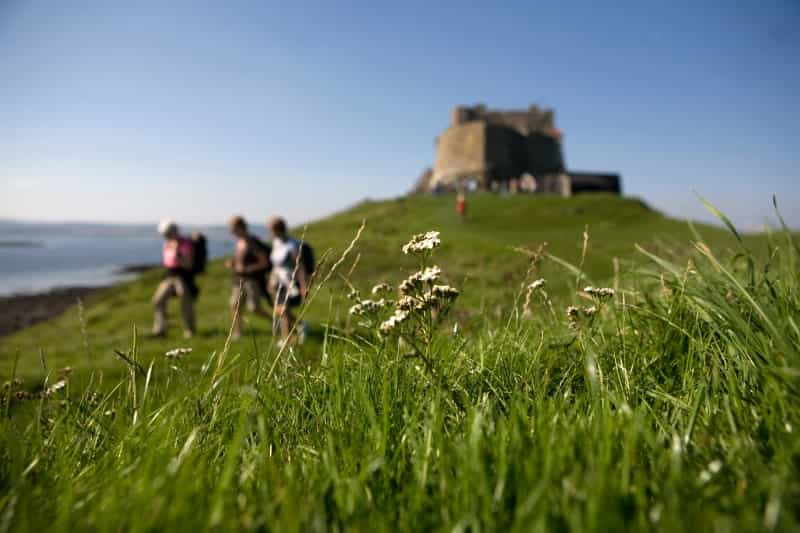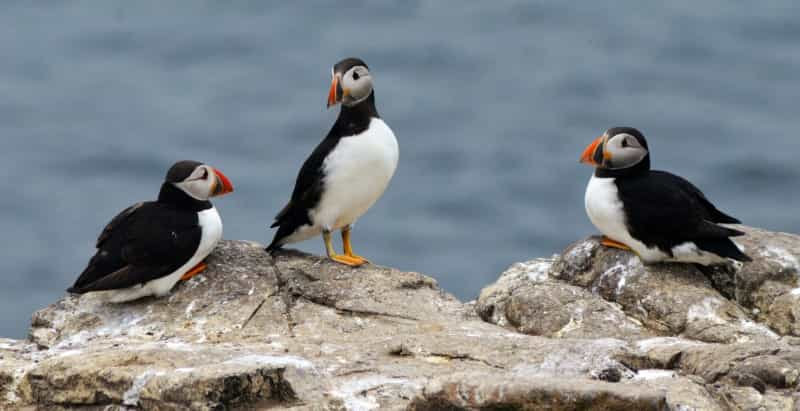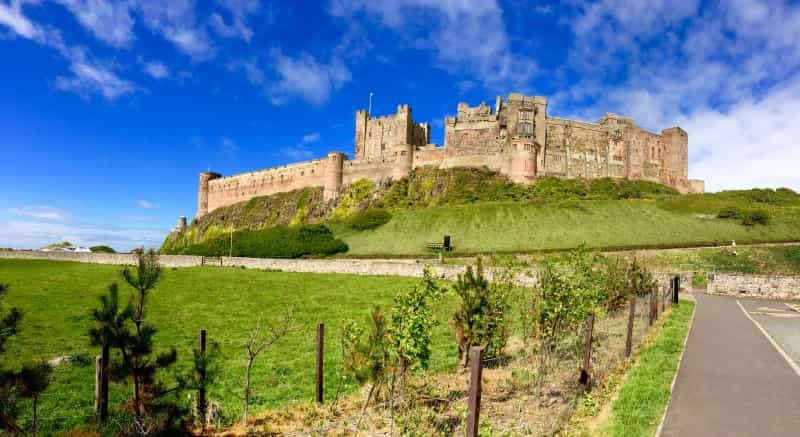6 Of The Best Things To Do In Northumberland

There are so many things to do in Northumberland – this is as much a land of adventure as it is of immense beauty. It’s one of the largest counties in the north east and home to some of the finest stretches of coastline in England.
The history aficionados among you simply have to visit this region as it’s full of significant and intriguing heritage sites – from ancient Roman forts to coastal fortresses, plus an island that's considered to be the birthplace of English Christianity. If present day is more your thing, there’s still lots here to keep you entertained. How about an afternoon in The Alnwick Garden or a day spent birdwatching on the Farne Islands? We've covered six of our favourite Northumberland things to do in this article.
In fact, there’s so much to see and do in Northumberland that you’ll need to stay for at least a few days to make the most of it. Pitchup has got you covered with a comprehensive selection of some of the best camping accommodation in the region. Whatever your need – entertaining the kids, walking the dog, enjoying a little glamping luxury – there will likely be a site somewhere that matches your style.
Find and book Northumberland campsites
The Alnwick Garden
The award-winning Alnwick Garden is one of the world’s most ambitious gardens. It’s full of exotic plants, trees and flowers as well as interesting sculptures and water features.
At Alnwick, you can absorb the peace and beauty of the Cherry Orchard – especially mind-blowing when the trees blossom in April/May – and admire the dancing fountains of the elegant Grand Cascade. Join a guided tour of the deadly Poison Garden, if you dare… it’s safety first here, so visitors are prohibited from touching, smelling or getting close to the toxic plants on display. If you’ve got kids with you, it probably makes more sense to head for Lilidorei, a fantastical adventure playground inhabited by pixies and fairies.
After exploring the gardens, tour Alnwick Castle – the seat of the 12th Duke of Northumberland and the second-largest inhabited castle in the UK. You get to see the Victorian kitchens, sumptuous state rooms and some of the Duke’s private apartments. Kids can dress up as medieval knights and ladies, or learn how to ride broomsticks (the castle featured as Hogwarts in the early Harry Potter films). There are also several catering options so you don’t need to worry about keeping everyone fed and watered.
Bamburgh Castle
Did you know that Northumberland is home to more castles than any other county in England? It’s true – the region boasts over 70 fortresses, most of which are scattered across the rugged coastline.
Handsome Bamburgh Castle is leader of the pack; it stands proud on a 180-foot/55-metre basalt crag in a stunning setting with dramatic views over the North Sea coast. The site of the castle is believed to have been settled for over 12,000 years, with evidence of Bronze Age, Iron Age and Roman occupation.
A ticket to this Grade I-listed landmark grants you access to the Great Kitchen and state rooms including the King’s Hall; at the moment the tour is not fully wheelchair accessible. A choice of café and takeaway service caters for any hunger pangs.
If you enjoyed stretching your legs on Bamburgh Beach after touring the castle, you might like to read about six of the best Northumberland coastal walks.

The Farne Islands
Just a few miles off the Northumberland coast between Seahouses and Bamburgh, the Farne Islands form one of the most significant seabird breeding sites in the British Isles. They are made up of 28 small islands, only three of which are accessible – Inner Farne, Staple and Longstone – and the only way of getting here is by boat from Seahouses Harbour.
Make sure you have a camera to hand, as there are endless amounts of photos to be taken from the moment you step onto the boat. Puffins are absolutely everywhere – between April and July, there are around 100,000 pairs of breeding birds including terns, razorbills and shags to be seen. Atlantic grey seals are also present on the rocky shores in vast numbers.
Inner Farne is home to a 14th-century chapel dedicated to the hermit St Cuthbert (see The Holy Island of Lindisfarne, below) as well as a 19th-century lighthouse; there are various walks around the island too.

Hadrian's Wall
In quite a crowded market, Hadrian’s Wall is probably Northumberland’s most celebrated – and spectacular – attraction. Its remains are among the most important Roman monuments in the UK. Building began on the structure around 122 AD, after the Romans successfully invaded England and Wales. Eventually it stretched across an incredible 73 miles/117.5 km from coast to coast; it was declared a UNESCO World Heritage Site in 1987 and parts of it can be visited for free throughout the year.
Set high on Hadrian’s Wall about 20 minutes’ drive north-west of Hexham are the ruins of Housesteads Roman Fort. Ancient artefacts discovered at Chesters Roman Fort and Museum are displayed in its intriguing museum, and you can learn about Roman religious beliefs at Carrawburgh’s Temple of Mithras. Otherwise, simply bask in the wall’s craggy scenery as it snakes over wild Northumbrian landscapes.
Good to know: There are glorious walking routes to be had all the way along the wall. Try the Chesters Roman Trail connecting several points of interest – or, if time allows, walk the length of the wall (it takes about six to eight days).
If you’d like to explore more places of historic interest and natural beauty, then take a look at our seven favourite Northumberland National Trust sites.

The Holy Island of Lindisfarne
The historic Holy Island of Lindisfarne is a tidal island that’s linked to the mainland by a long causeway. If the tide is out, then the road is clear and it’s safe to travel, but at high tide the road is flooded. To avoid any issues getting here (or home), check the causeway crossing times before you go. Don’t be put off by this though, as the journey to Holy Island is worth it for the spectacular views both en route and on arrival.
There are several things to do once you’re on the island, the first being a visit to Lindisfarne Priory. Managed by English Heritage, this monastery is one of the most important centres of early Christianity in Anglo-Saxon England. It was founded by St Aidan in 635 AD but the most celebrated of its holy men is St Cuthbert, who was made prior of Lindisfarne in the late seventh century before moving to Inner Farne (see The Farne Islands, above) nearby and becoming a hermit. Learn more about his story and the development of the priory at its informative museum.
Afterwards, explore the 16th-century Lindisfarne Castle, given a facelift by architect Sir Edwin Lutyens in the 1910s, when the colourful walled Gertrude Jekyll Garden was also added. Round off your island hop by sampling Lindisfarne mead at St Aidan’s Winery.
Good to know: Most Lindisfarne attractions are open between March and November.
Northumberland National Park
If you’re seeking solitude on your travels, then you’ll be glad to know that Northumberland is the most remote and least populated of any national park in the UK. An abundance of wildlife thrives there, with red squirrels and curlews often spotted on the open moorland, and puffins and seals seen on the coastline. Covering 410 square miles (1,050 sq km) of largely unspoilt landscape, it’s the closest thing to wilderness that you’ll experience in England.
Venture deep into the secluded Cheviot Hills running between Northumberland and the Scottish borders, or hike through ancient woodland to the dramatic waterfall at Hareshaw Linn. The park has more than its fair share of cultural sights too, from Hadrian’s Wall to mighty castles and 19th-century Cragside. However you spend your time exploring Northumberland National Park, it’s bound to be memorable.
Looking to escape to Northumberland for a few nights of relaxation? Read Pitchup’s detailed guides to the North East of England for inspiration on places to go and things to do. When it comes to booking somewhere to stay, Pitchup has a fantastic range of budget-friendly camping options so your money can go towards exploring, treating the kids and eating out in the area’s superb restaurants and pubs.